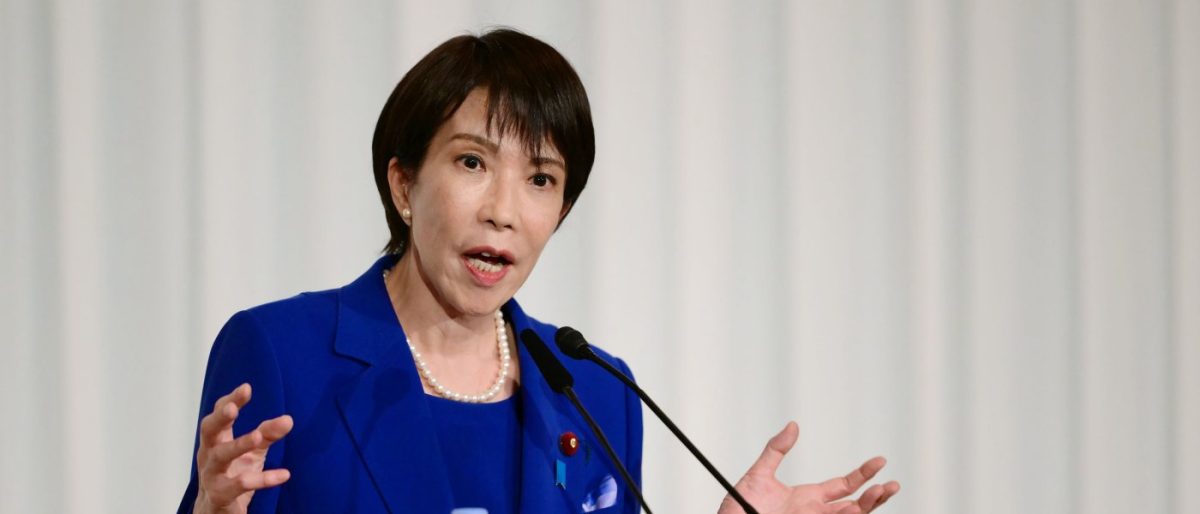Sanae Takaichi, a survivor of Japan’s patriarchal politics, was elected the country’s first female prime minister on Tuesday.
The parliament voted in favor of the 64-year-old Takaichi as the new prime minister following her victory in the election for Liberal Democratic Party leadership this month. She replaces Shigeru Ishiba, who resigned following massive election losses that left the LDP short of a majority in both houses of parliament.
Takaichi, a close political ally and protege of the late former Prime Minister Shinzo Abe, now faces the immediate challenge of governing a minority coalition with the right-leaning Japan Innovation Party. The LDP’s long-standing partner, Komeito, ended its 26-year alliance with JIP, complicating Takaichi’s ability to pass legislation.
She took office on Oct. 21, 2025, becoming the first woman to lead both the LDP and the nation.
Agenda
She is also known to take hardline nationalist and aggressive foreign policy, and her political campaign appeals to the conservative faction in the LDP. She has called for a boost in the military budget, expansionary policy for boosting economic growth, and hardline stances on cybersecurity.
Her platform has also included a “Japan First” promise that appeals to populist sentiments by championing the nation’s interests and indigenous economy in a time of high inflation and stagnant wages. Takaichi has been denounced, however, for her revisionist approaches to history, such as regular trips to controversial Yasukuni Shrine, which many neighbors see as a symbol of Japan’s warlike past.
The incoming prime minister has not been shy about her work ethic. Following her election as party leader, she told colleagues that she would “junk the term ‘work-life balance.’ I will work, work, work and work.”
Economics
Takaichi inherits a nation of slow economic growth and a demographic issue. Her government’s top priority will be to address people’s nervousness over rising consumer prices. She has signaled against raising interest rates, a stance that has lifted the stock market but may weaken efforts to support the Japanese yen and rein in inflation.
On the diplomatic front, one of Takaichi’s first challenges is dealing with the relationship with the United States. She has insisted that strengthening the U.S.-Japan alliance is her “top priority.” Her connections to Shinzo Abe, who built a close personal relationship with President Donald Trump, are likely to prove important in a potential attempt to defuse trade tensions between the two nations.
Although her politics are conservative, Takaichi’s rise is a watershed in gender representation in Japan, a country where women’s involvement in national politics and leadership has been slow to grow. While celebrating the feat, activists are watching closely to see whether her premiership will have a domino effect in making greater inroads for gender equality in Japanese society.
















